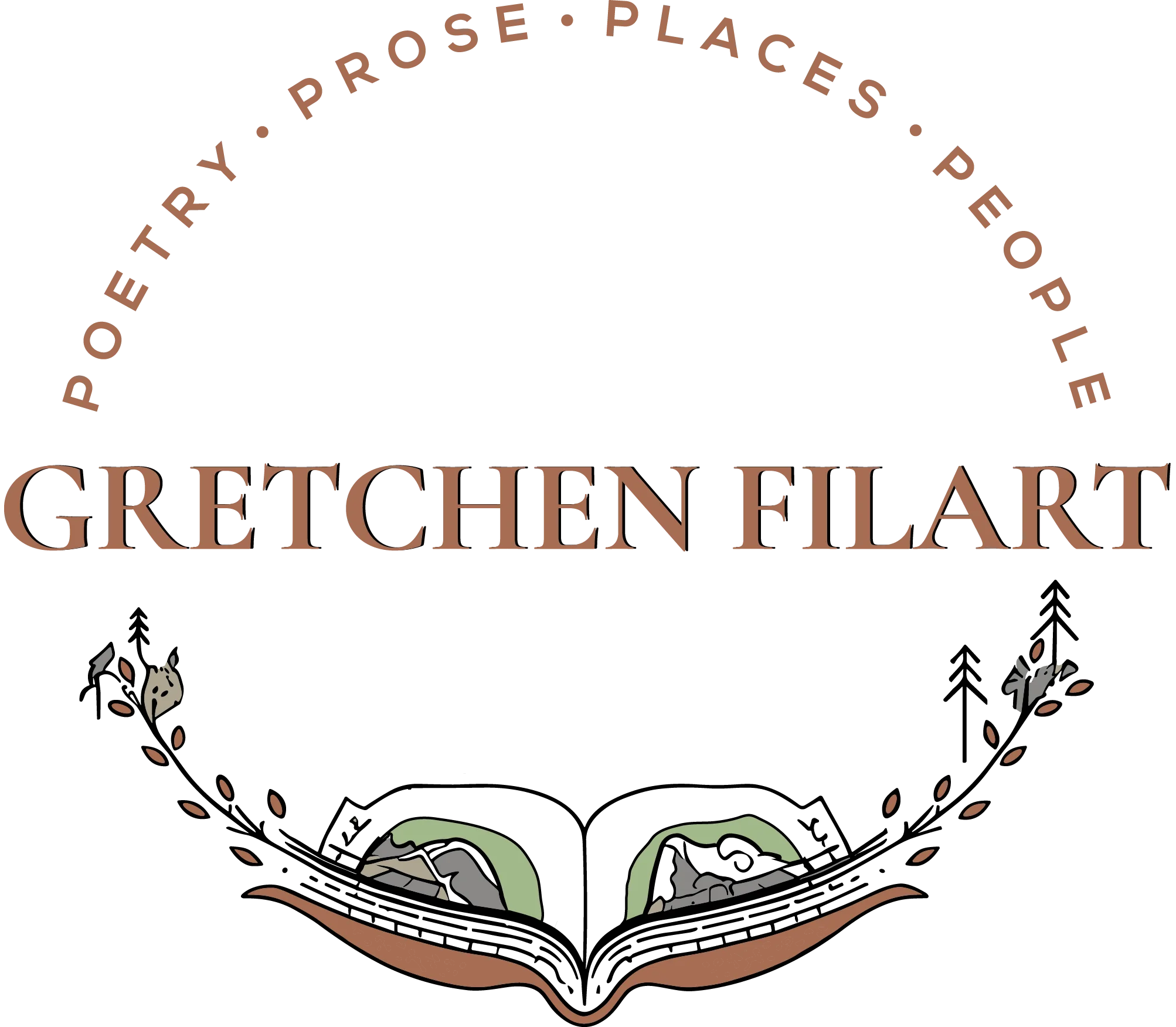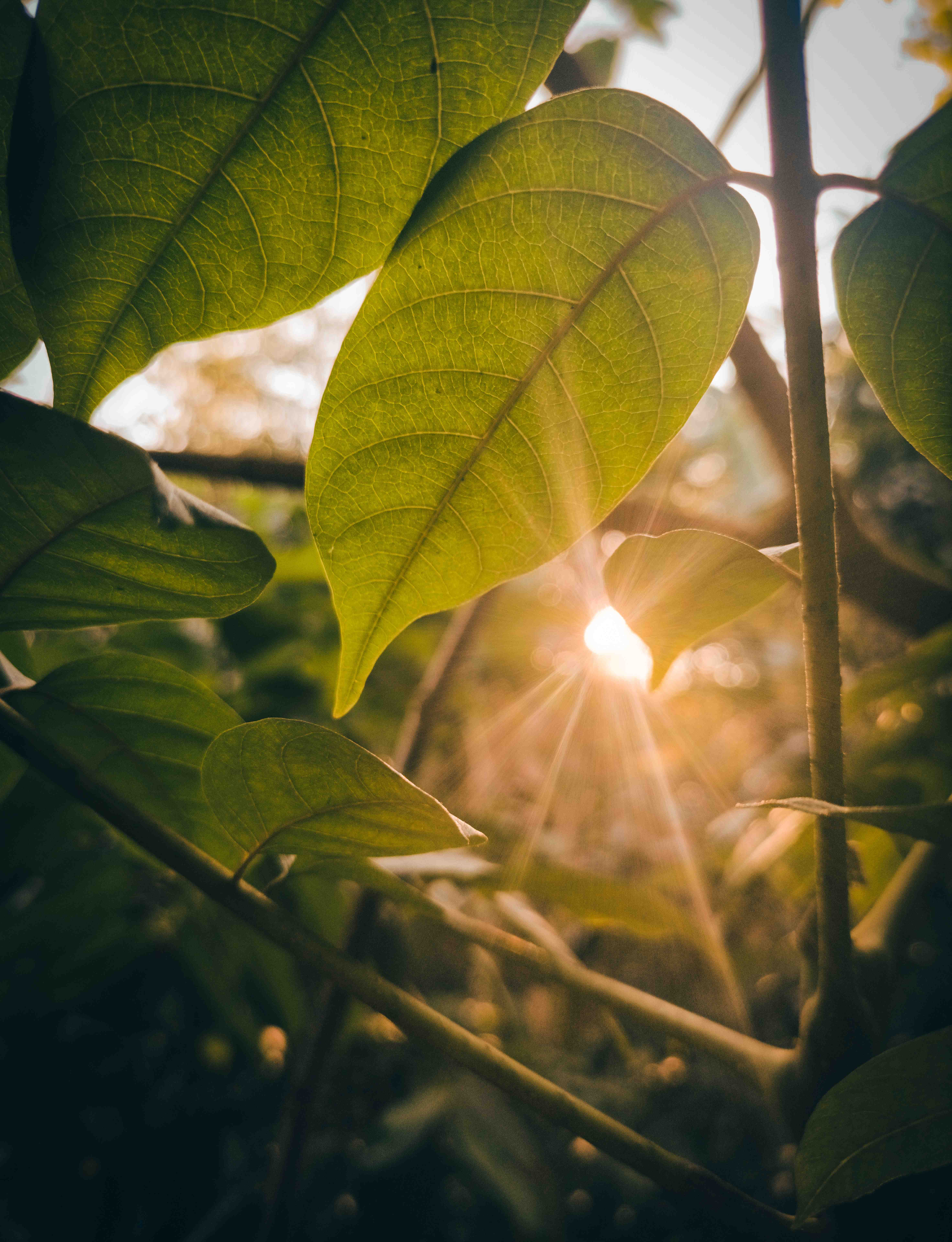This morning I revisited our small forest nearby. “Good morning! How are you, babies?” I greeted the trees as I haven’t for quite some time. They’ve grown enormously. One of the salimbobog is six-feet tall now, the top leaves peeking spritely amid tibig. The toog is growing new, tough, crunchy greens. Two kalantas tower above me. A couple of bitaog, and akle, catching up. Though we are far from the coast, the dapdap, though struggling, is trying its best.

It’s unbelievable how much growth takes place in a year. Seeing nine out of 18 that we planted at the beginning of the pandemic survive is a warm embrace. A handful – toog, white lauan, and malabulak – were accidentally hacked and burned when people cleared the area, a creekside public space. My heart splintered into pieces. I thought sorrow will wither the remainder of them.

This year I hope to make good on my promise to grow 40 native trees as I turn 40. There are the natives, yes, plus 10 fruit-bearing and floral trees we’ve previously sown, but there is still so much work to be done. Maybe we won’t make it. Maybe the world is going to shit after all. But I think it’s fair that I at least try. For our children. For the Earth. It’s given me so much – this life, above all – that it feels like a grave disservice to simply give up. I’ve always believed in striving for justice, the same way the Universe metes it. It is only right to give back when one has taken and received so much from a space she inhabits.

Trees are the ultimate embodiment of altruism. They exist solely to give life: their arms home for nesting birds, their oxygen our days and years, their fruits sustenance, their roots urging water in parched land. If there is one thing I want to be in the afterlife, it’s to be a tree. While I can’t be (yet – who knows?), I hope to put my energies into growing and caring for as many as I can.

Here’s how it looks like when we sowed it in mid-2021.
Happy International Forest Day to us all. May we keep loving and tending to the forest of our lives. May we keep our home accommodating not only to humans and animals, but also to the trees that lend us our lungs and therefore, an existence worth reveling in.
A little poem I wrote today for all the amazing life-giving trees ’round the world:
To be a tree
to be one with detritus
to be the hand that feeds forgotten critters
to be hearth for the small and voiceless
to inhale the world’s sorrows and exhale new life
to tread a future like a newborn with soiled feet
to not wait for New Year before turning over a new leaf
to ground oneself with hands steadfast in the sky
to unbuild walls with roots




